Flower Meanings
Chrysanthemum
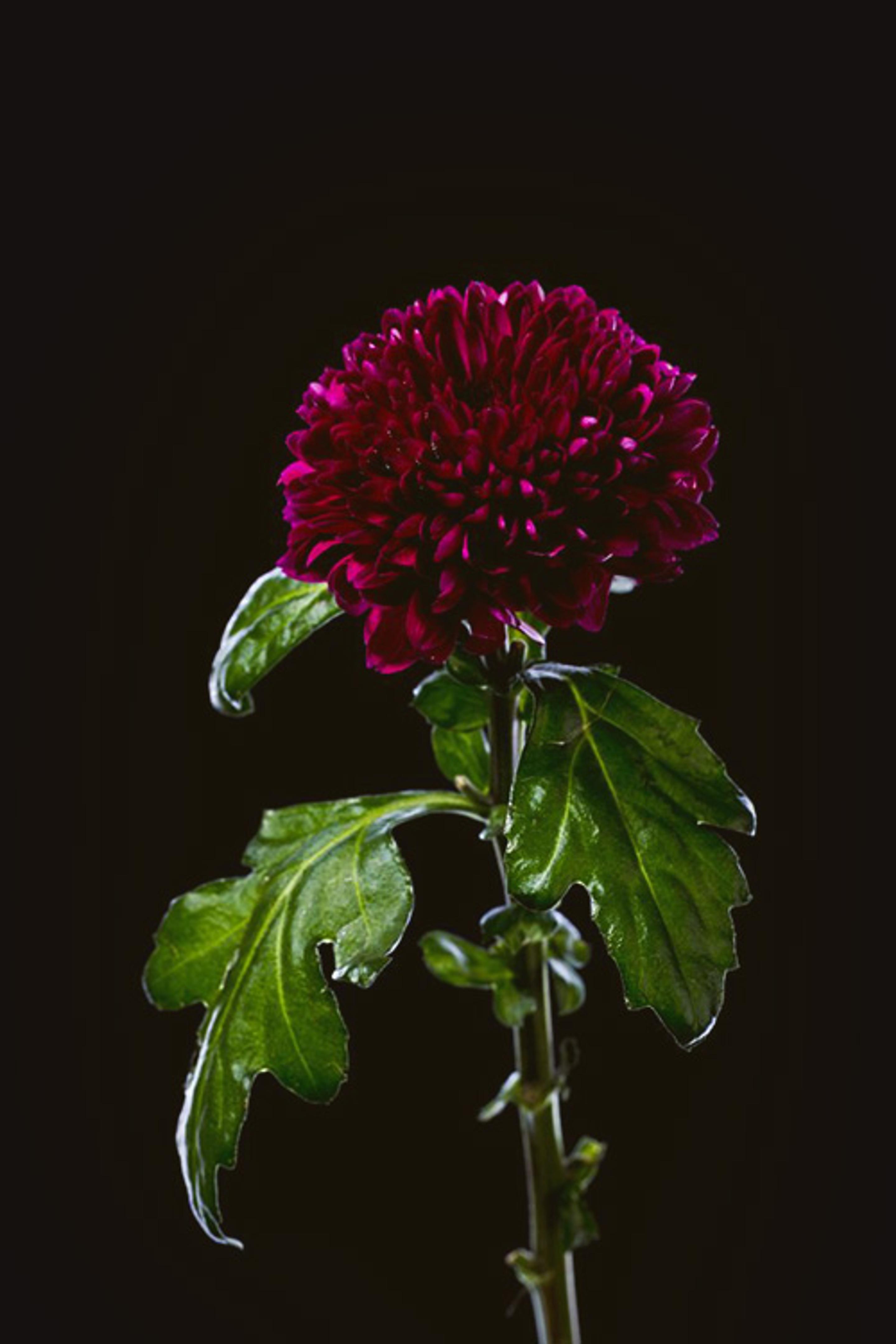

The Meanings of Chrysanthemums
As November’s official flower of the month, chrysanthemums are a beautiful reminder that even though winter is approaching, there is beauty in the fall!
The Victorians considered mums a flower that represented friendship and well-wishes for people in need of rest, so deep red mums (which represented passion) were rarely passed around in that society. Mums also represent the royal family of the Japanese emperor.
Floral specialists in the U.S. generally consider that the chrysanthemum means cheerfulness and positivity, but in New Orleans, it is only used for All Saints Day celebrations and has become a symbol of the honored dead. It’s called one of the Four Gentlemen in Chinese culture, reflecting the flower’s importance as a symbol in artwork. [1]
Mums are also the traditional flower of choice for Mother’s Day gifts in Australia.
Currently, there are around 30 species of chrysanthemum. It is one of the most cultivated flowers in the world. Its popularity has grown to the point that it is considered the true queen of autumn flowers. According to Feng shui, they attract laughter and joy.
Mum Color Meanings
The variants of colors have the following symbolism tied to them. Keep these in mind when ordering them for a floral arrangement or decorating your home. [2]
Pink chrysanthemum: Symbolizes the fragility of a romantic relationship.
White chrysanthemum: Deep pain due to a relationship breakup.
Orange chrysanthemum: Feeling of delicate love.
Blue chrysanthemum: The love is over and the person has gotten over the pain caused by the breakup.
Yellow chrysanthemum: Rejected love.
Violet chrysanthemum: Unbearable pain at the thought of losing a loved one.
Red chrysanthemum: Declaration of passionate love.
What Do Chrysanthemums Smell Like?
These mums tend to have a very light earthy scent. [8]
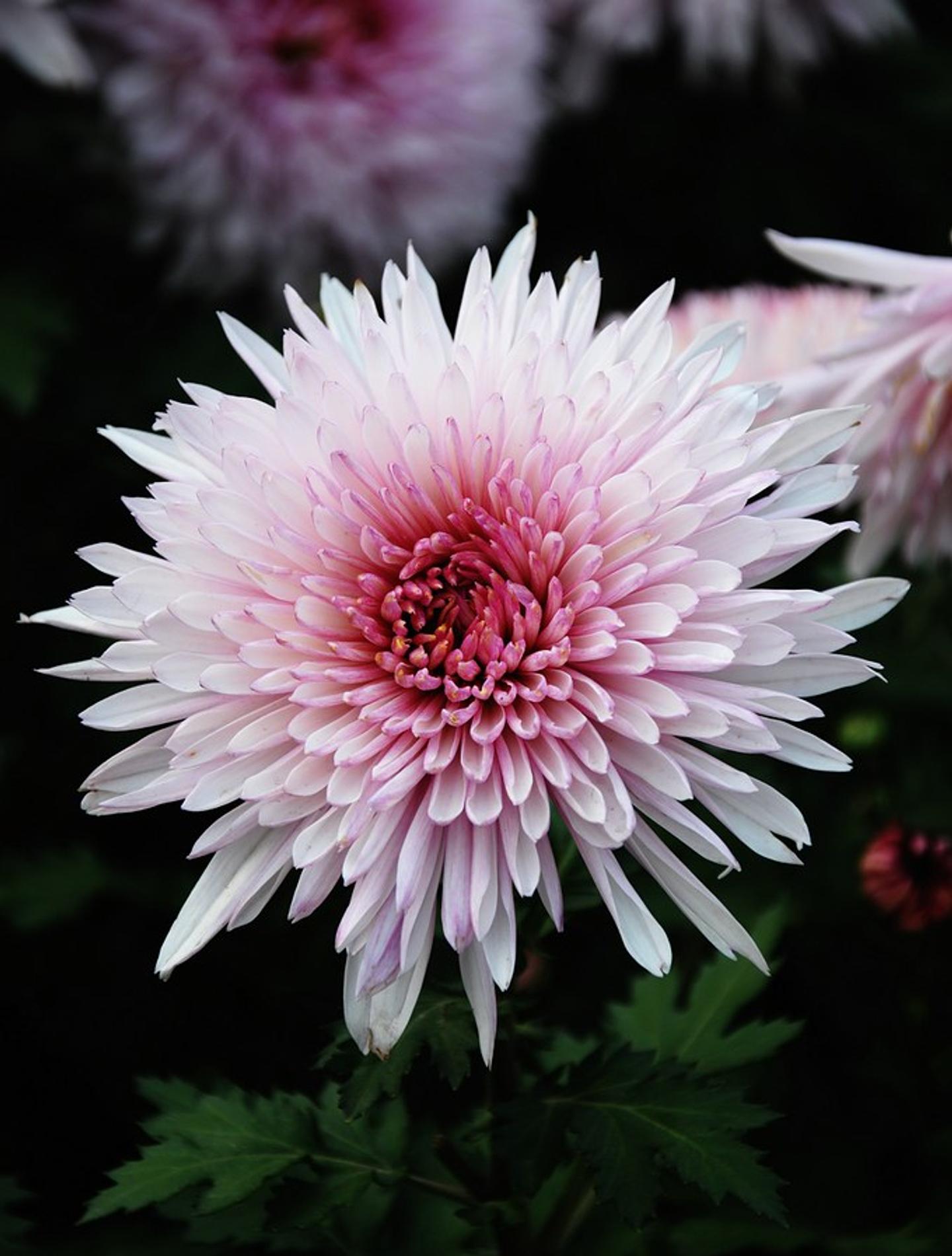
"A chrysanthemum by any other name would be easier to spell."
William J. Johnston
The History of Chrysanthemums
Chrysanthemums were first cultivated in China as a flowering herb and first written about as early as the 15th century B.C. There’s even pottery featuring the chrysanthemum from back then! As far as its botanical uses go, it is believed to have the power of life, not bad, right? Eastern folklore has it that the boiled roots were used as a headache remedy, and that young sprouts and petals were eaten in salads and brewed in drinks. [3]
The ancient Chinese name for chrysanthemum is “Chu.” The Chinese city of Chu-Hsien (which means Chrysanthemum City) was named such to honor this life-giving flower.
Around the 8th century A.D., mums began to sprout up in Japan. The Japanese loved the flower so much they actually made the crest and official imperial seal, a single-flowered mum. The chrysanthemum in the crest is a 16-floret variety called “Ichimonjiginu.” Family seals for prominent Japanese families also contain a type of chrysanthemum called a Kikumon – “Kiku” means chrysanthemum, and “Mon” means crest. The chrysanthemum is not just an imperial symbol in Japan. Chrysanthemums are also viewed as a symbol of a long and happy life. Every year the Japanese celebrate the Festival of Happiness at which the chrysanthemum is lavishly celebrated. To honor emperors in the past, their thrones were covered with chrysanthemums, and to this day, the Japanese court is still known as the Chrysanthemum Throne. [4]
The chrysanthemum was first introduced to the Western world during the 17th Century. In
1753 Karl Linnaeus, renowned Swedish botanist, combined the Greek words ‘chrysos’, meaning gold, with ‘anthemon’, meaning flower. Linnaeus was the founder of that branch of taxonomy dealing with plants, including the science of classification and identification. Experts say this is probably an accurate description of the ancient species, as it also points out the mum’s need for sunlight. The earliest illustrations of mums show them as small, yellow, daisy-like flowers.
Ancient growers would not recognize modern mums. Although some mums still resemble daisies, others are way more radiant. Regardless of the flower type, they all belong to the Compositae, which is the daisy family. Hybridizers in England, France, Japan, and the United States have developed a wide range of floral colors, shapes, and sizes. Today, its colors include various shades of pink, purple, red, yellow, bronze or orange, and white. Some cultivars (varieties) have different colors between the disc and ray florets, and some have ray florets that are bi-colored on the face and reverse sides.
Petals on chrysanthemums are actually florets (a small flower, usually part of a dense cluster, especially one of the ray flowers of a composite plant such as a daisy) since both sexual parts (male/female) exist in each one. The chrysanthemum flower has two types of florets – ray florets that would be called petals on a daisy, and disc florets that are the center florets in a daisy type of bloom. Only the disc florets can reproduce. All classes of chrysanthemums have both types of florets, but in many of the classes, the disc florets are not apparent. In those plants, the plant breeder uses a pair of scissors to uncover the disc florets for pollination and the development of new cultivars.
Since the chrysanthemum was first introduced into the United States during colonial times, its popularity has grown such that mums now reign as undisputed “Queen of the Fall Flowers.” For many of us, our introduction to the chrysanthemum was a corsage for the girlfriends and mothers at Homecoming football games. Mums remain the most widely grown pot plant in the country and are one of the longest-lasting of all cut flowers. This latter attribute, along with their artistic allure, make mums highly favored by floral arrangers. In the United States, the chrysanthemum is the largest commercially produced flower due to its ease of cultivation, capability to bloom on schedule, diversity of bloom forms and colors, and holding quality of the blooms.
An interesting contrast to the positive feelings many Americans have of the chrysanthemum (football games, house-warming presents, get-well thoughts) is that the chrysanthemum is known in many European countries as the death flower. In countries such as Belgium and Austria, the chrysanthemum is used almost exclusively as a memorial on graves.
DID YOU KNOW - Chrysanthemum Fun Fact
The chrysanthemum was first cultivated in China as a flowering herb and is described in writings as early as the 15th Century B.C.

How to Grow Mums
Ideally, chrysanthemums should be planted in the early spring after the danger of freezing weather has passed. They can really be planted any time, though, as long as the roots have at least 6 weeks to become established before extremes of either hot or freezing weather.
Chrysanthemums are available at garden centers in up to gallon-sized containers. Choose bushy plants with plenty of leafy stems branching out at the base.
Dig a hole at least twice the size of the root ball, and incorporate organic matter such as compost or peat to help with drainage. Plant the mums at exactly the same depth they were in the pot – avoid water collection around the stems. Space plants 18-24 inches apart.
For larger varieties, install support structures such as stakes or garden fencing, and try not to walk in mum beds to avoid compacting the soil. [5]
Growing Conditions for Garden Mums
Light: Full early sun, at least 5-6 hours daily.
Location: Chrysanthemums are susceptible to mildew, so keeping the plants dry is a priority. They need plenty of air circulation, water drainage, and morning sun to dry the dew on the leaves and stems. Don’t plant in low-lying, wet, compacted, or boxed-in areas with little air circulation. Chrysanthemum blooming occurs in response to shortening days and longer nights, so avoid planting near streetlights or other nighttime light sources.
Soil Requirements: Fertile, well-drained, sandy, or loamy soil with a pH around 6.5.
Fertilization: Chrysanthemums are pretty tough and can thrive independently, but they benefit from light and frequent feeding with a balanced fertilizer during the growing season.
DID YOU KNOW - Mum Fun Fact
King Tutankhamen (Tut) was buried with floral collars of chrysanthemums. [6]
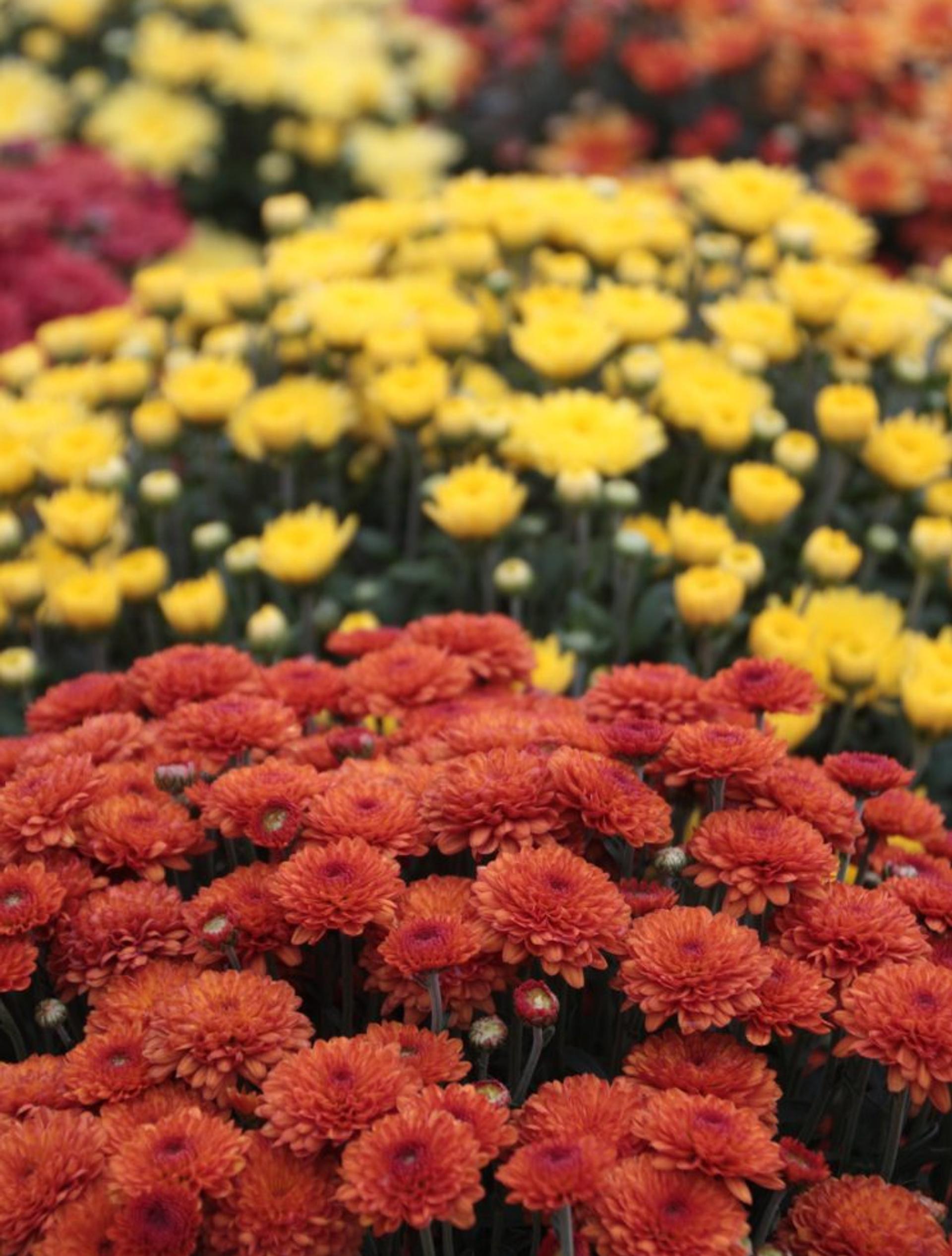
How to Care for Mums
Let’s say you’re one of the lucky ones that get to work from home, and during a crisp fall afternoon, you see some mums in your backyard that are just begging to be part of your indoor floral arrangement… don’t do it! We know it’s tough to resist, but the best time for you to cut mums is in the early morning or late evening because the flowers will be fully hydrated. Cut mums just before the buds are fully open, as these flowers last longer than those already in full bloom. Using a sharp knife or shears, cut the stems a little longer than necessary to allow for recutting. Don’t use dull tools, which tear the tissue of the stem and shorten the life of the flowers. To prevent wilting, place the cut flowers in a bucket of warm water immediately.
Next, you want to make sure to condition your fresh blooms. Not sure what that means? It’s actually a way to prepare the stems to be fully hydrated before you arrange them. Fill a bucket with warm water, with the amount of water being about halfway up the stems. Put some flower food in the bucket, then place each stem, one at a time, under running water and cut about an inch off the bottom at an angle, then place the stem into the bucket. Make sure to remove any leaves that might be touching the water at this point, because if not, they will spoil the water, and your mums won’t last nearly as long.
Bouquets
When the stems are conditioned, place the mums in a clean vase and display them in a cool room away from drafty doors and windows, as well as hot spots, such as heating vents or sunny windows. Don’t place the arrangement on a TV set of other electrical appliances. Continue to add preservative to the water in the vase. Mums last longer if you store them in a cold room at night or when you aren’t home. Make sure the room is warmer than 35 degrees Fahrenheit. Replenish the water daily to maintain the same water level and replace the water if it looks cloudy. [7]
When to Send Mums as a Gift
While mums are most commonly associated with the fall season, they’re available year-round and make a wonderful addition to almost any flower-giving scenario. Let’s say your wife loves red but doesn’t love roses, and her birthday is in October? Red mums! Let’s say your best friend just lost someone close to them. Ask your florist to include some violet mums. Let’s say your girlfriend lives across the country, you miss her dearly, and things have been shaky with the distance. Include some orange mums!
Chrysanthemum Bouquets
References:
- 1 - Flower Meaning
- 2 - Verdissimo
- 3 - Mums.org
- 4 - JustChrys
- 5 - TodaysHomeowner
- 6 - JustFunFacts
- 7 - HomeGuides
- 8 - LA Times
Flower Meanings — keep discovering
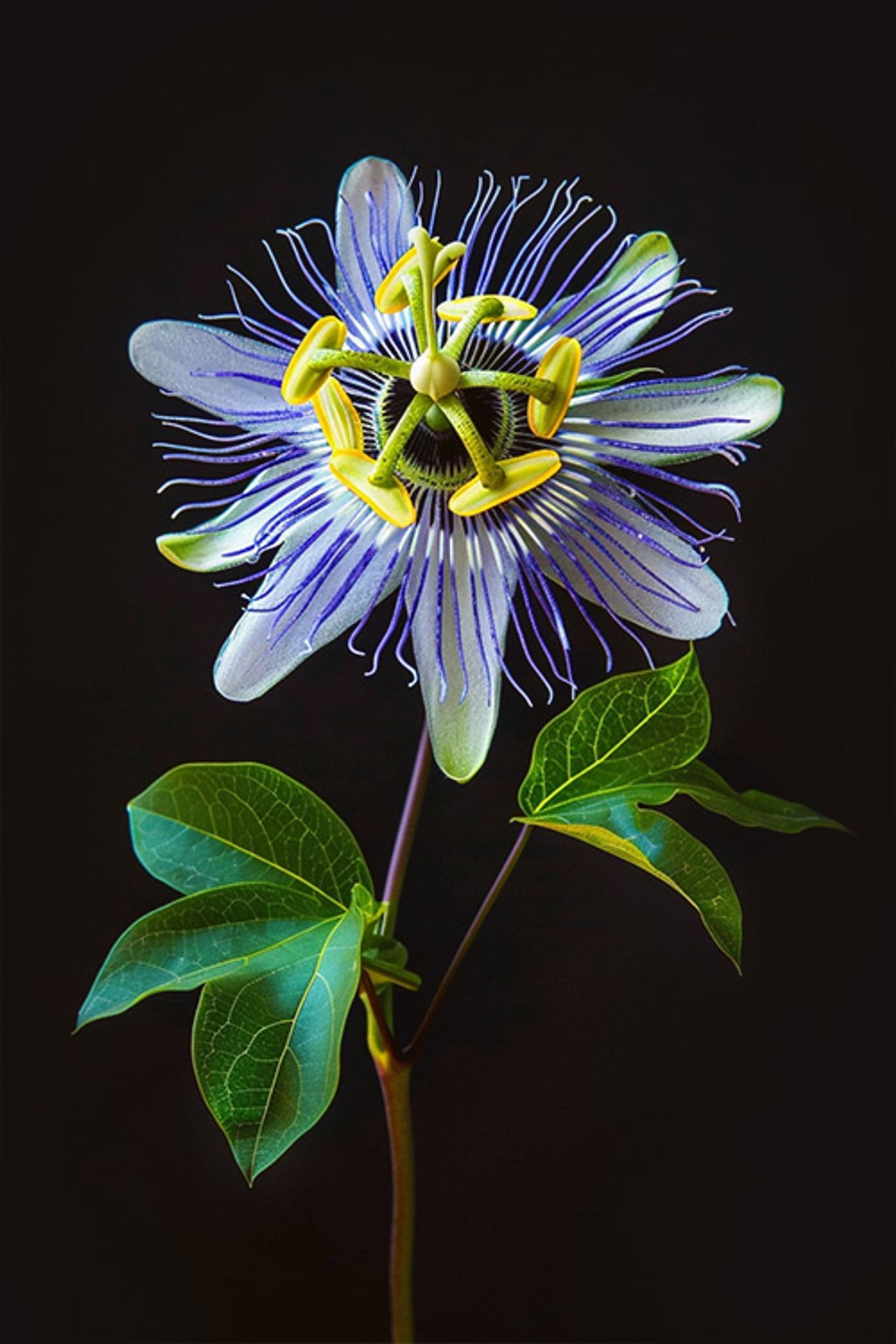
Blue Passion Flower
This popular, unique tropical bloom is a species of flowering plant native to South America and is known for its stunning, vibrant blue hue.
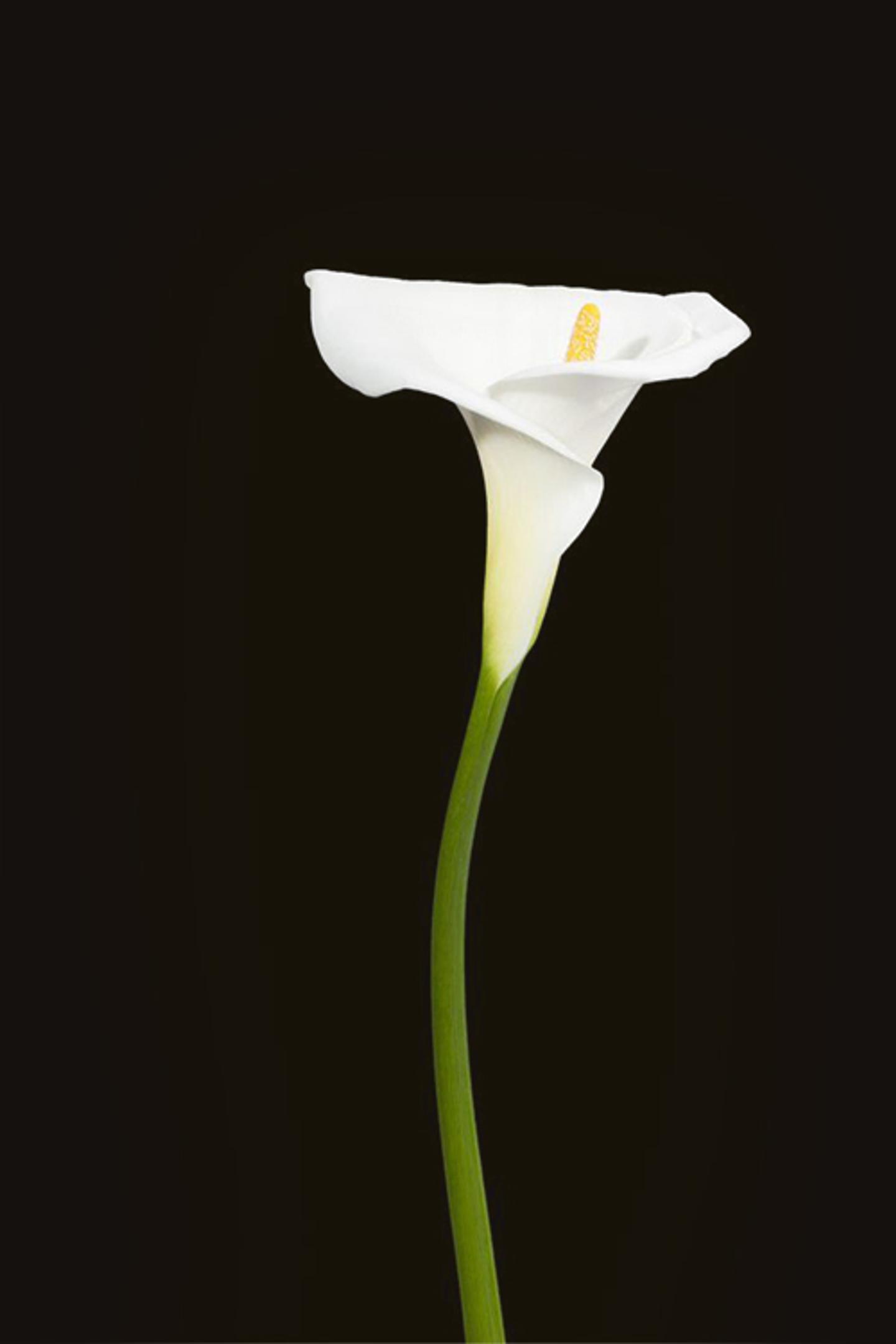
Calla Lily
Simple elegance and symbolic beauty—the Calla Lily. If you’ve ever been to a wedding or a church on Easter, you’ve likely seen these elegant white flowers. Their sleek and bold lines are real attention grabbers, but in addition to white, they’re available in many other vibrant colors.
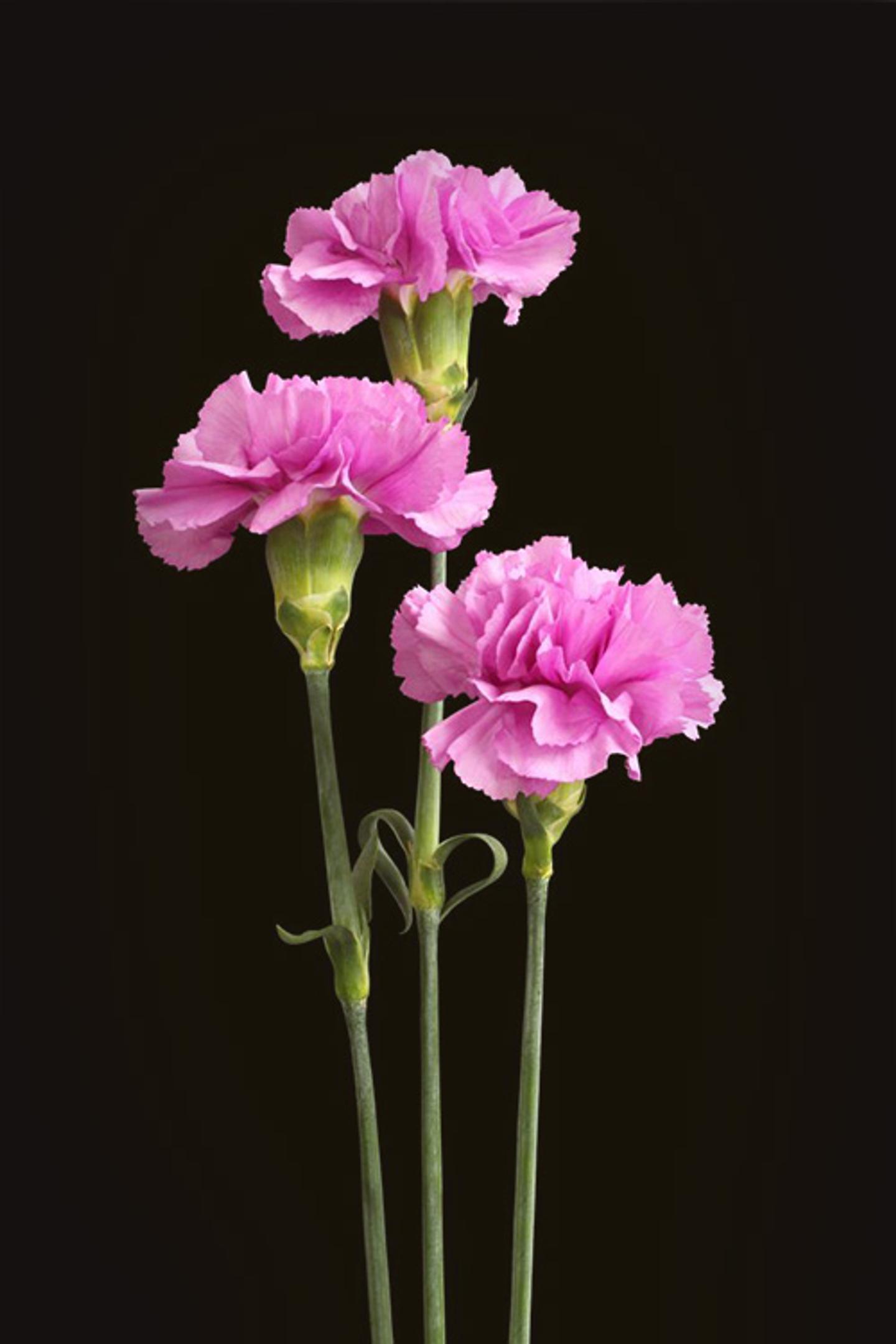
Carnation
Carnations aren’t just your grandma’s favorite flower! With a huge variety of colors to choose from (even striped varieties), and a different meaning for each color, carnations can be the perfect gift for tons of occasions – as long as you know what each meaning is, of course. Plus, this herbaceous perennial is hardy, long-lasting, and has a lovely sweet scent.

Celosia
Commonly known as cockscomb or silver cock’s comb, Celosia is a plant of tropical origin and is known for its vibrant, bright colors and unique shapes.

Blue Passion Flower
This popular, unique tropical bloom is a species of flowering plant native to South America and is known for its stunning, vibrant blue hue.

Calla Lily
Simple elegance and symbolic beauty—the Calla Lily. If you’ve ever been to a wedding or a church on Easter, you’ve likely seen these elegant white flowers. Their sleek and bold lines are real attention grabbers, but in addition to white, they’re available in many other vibrant colors.

Carnation
Carnations aren’t just your grandma’s favorite flower! With a huge variety of colors to choose from (even striped varieties), and a different meaning for each color, carnations can be the perfect gift for tons of occasions – as long as you know what each meaning is, of course. Plus, this herbaceous perennial is hardy, long-lasting, and has a lovely sweet scent.

Celosia
Commonly known as cockscomb or silver cock’s comb, Celosia is a plant of tropical origin and is known for its vibrant, bright colors and unique shapes.
Ready to send beautiful flowers?
Our guided experience helps you send a one-of-a-kind arrangement perfect for every occasion.
Send Flowers